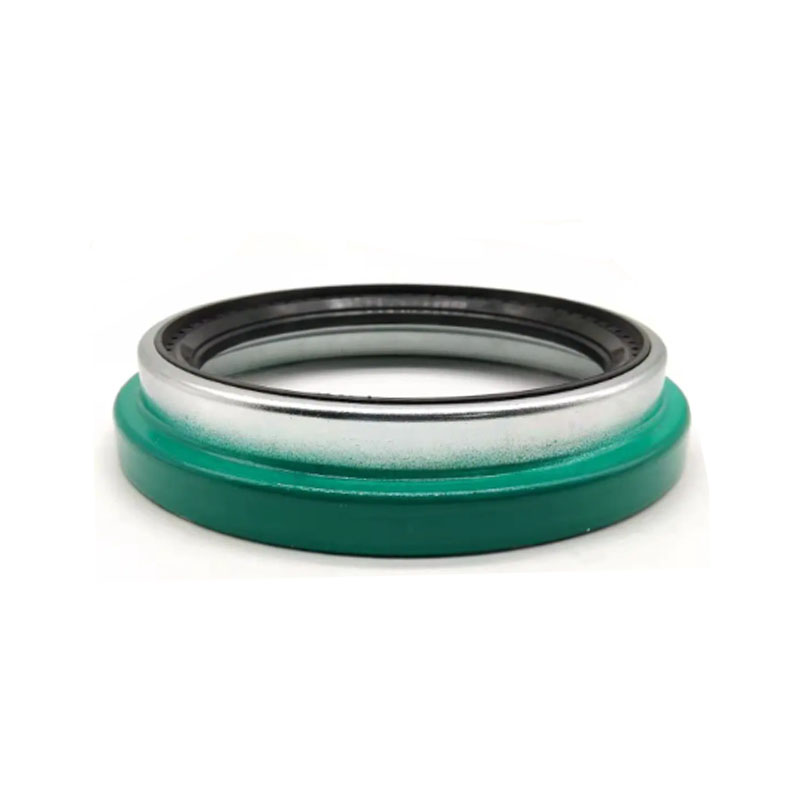Understanding the Mechanism and Applications of Rotary Lip Seals in Mechanical Systems
Understanding Rotary Lip Seals Function and Applications
Rotary lip seals, also known as rotary shaft seals or rubber lip seals, play a crucial role in machinery and mechanical systems by preventing the leakage of fluids and keeping contaminants out. These seals consist of a resilient elastomer lip that fits snugly against a rotating shaft, creating a barrier to protect internal components from unwanted substances. In this article, we will delve into the key features, functions, and applications of rotary lip seals.
Key Features
The design of rotary lip seals is relatively simple yet highly effective. They typically consist of a metal or plastic casing with a lip made from elastomeric materials such as nitrile, fluoroelastomer, or silicone. The lip is engineered to create a tight contact with the rotating shaft, allowing for minimal friction. This friction-optimized interaction ensures that the seal can withstand high-speed rotations while maintaining its sealing properties.
The ability of rotary lip seals to adapt to various shaft sizes and diameters makes them versatile in industrial applications. Additionally, they come in different shapes and sizes tailored to specific environments, such as high-pressure or high-temperature conditions. Some rotary lip seals also feature integrated springs that exert consistent pressure on the lip, further enhancing the seal's performance.
Functions
The primary function of a rotary lip seal is to prevent fluid leakage, which is especially critical in applications involving hydraulic fluids, oils, or lubricants
. By containing these fluids within the machinery, rotary lip seals help maintain optimal operating conditions and prevent potential damage caused by leaks.rotary lip seal

Moreover, these seals act as barriers to contaminants such as dirt, dust, and water. By keeping external particles out, rotary lip seals safeguard internal components, reducing wear and prolonging the lifespan of machinery. This protective function is essential in environments where dirt and debris can infiltrate moving parts, leading to malfunction or breakdown.
The efficiency of rotary lip seals also contributes to energy conservation. By minimizing fluid leakage, these seals help ensure that systems operate at maximum efficiency. This leads to reduced operational costs and improved performance, which is particularly important in industries where energy consumption is a significant concern.
Applications
Rotary lip seals are used across various industries, including automotive, aerospace, manufacturing, and food processing. In automotive applications, they are commonly found in engines, transmissions, and wheel hubs, where they help prevent leaks of crucial lubricants. In aerospace, rotary lip seals are critical for ensuring the integrity of hydraulic systems that control aircraft operations.
In manufacturing environments, these seals are integral to pumps, motors, and gearboxes, where they prevent fluid leaks while ensuring smooth operation. Furthermore, in the food processing industry, rotary lip seals made from food-grade materials are employed to maintain sanitary conditions while preventing contamination.
Conclusion
In summary, rotary lip seals are indispensable components in many mechanical systems. Their ability to prevent fluid leaks and keep out contaminants makes them vital for ensuring the longevity and efficiency of machinery. With a wide range of applications across several industries, understanding the function and significance of rotary lip seals is essential for anyone involved in mechanical engineering or maintenance. As technology advances, the design and material innovations in rotary lip seals will continue to enhance their performance and reliability, further solidifying their place in modern engineering solutions.
-
Understanding Automotive Oil Seals: Essential Components for Engine and Shaft Protection
News Jul.30,2025
-
The Importance of Heavy Duty Seals in Industrial and Residential Applications
News Jul.30,2025
-
Exploring Industrial Oil Seals: From Felt Oil Seals to TTO and CFW Solutions
News Jul.30,2025
-
Essential Guide to Oil Seals: From Radial to Metal-Cased Seals for Industrial Reliability
News Jul.30,2025
-
Choosing the Right Oil Seals and Gaskets for Industrial and Automotive Applications
News Jul.30,2025
-
Cassette Seals: Durable Sealing Solutions for Harsh Environments
News Jul.30,2025
-
Understanding the Front Main Engine Seal: Purpose, Maintenance, and Installation
News Jul.29,2025
Products categories















